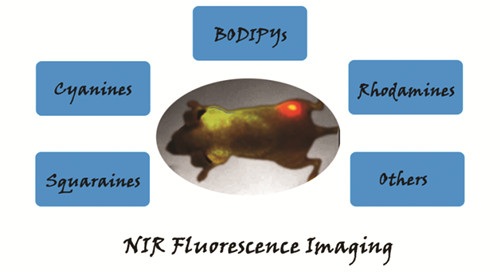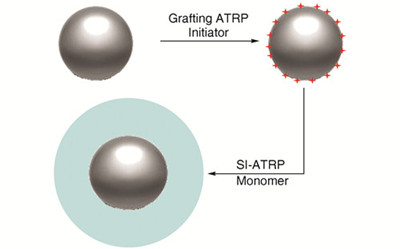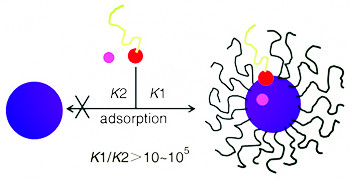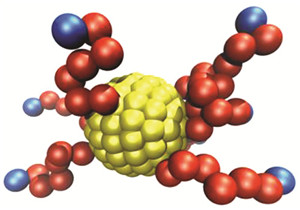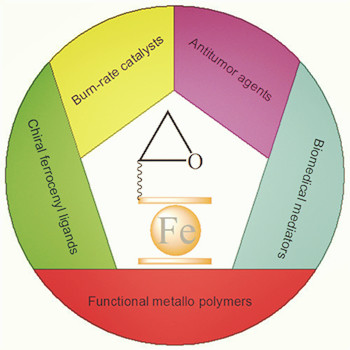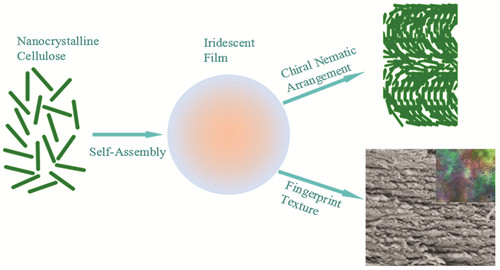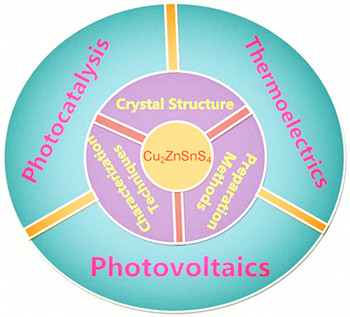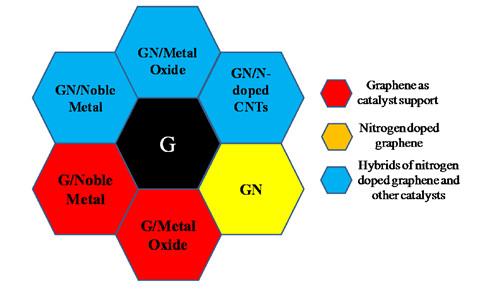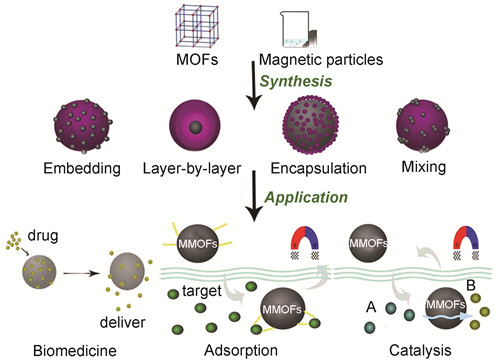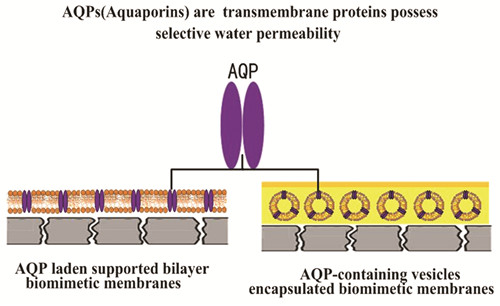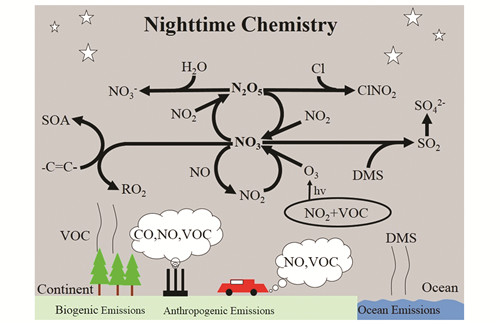Nitrate radical (NO
3) and dinitrogen pentoxide (N
2O
5) are key species of the tropospheric chemistry, that play a central role in the tropospheric chemical issues such as atmospheric self cleansing capacity, secondary aerosol formations, reactive halogen chemistry, global sulfur cycles, etc. Nevertheless, the accurate and precise determination of both NO
3 and N
2O
5 is still a challenging task due to their low ambient concentrations, high reactivity and short life time. In this paper, we summarize all kinds of measurement techniques used in the field observations of NO
3 and N
2O
5, including differential optical absorption spectroscopy(DOAS), cavity ring-down spectroscopy (CRDS), cavity enhance absorption spectroscopy (CEAS), laser-induced fluorescence(LIF), matrix isolation electron spin resonance spectroscopy(MIESR), and chemical ionization mass spectrometry(CIMS). The advantages and disadvantages of those techniques are reviewed on the aspects of measurement accuracy, precision, time resolution, interference, calibration and operation stability. The absorption spectroscopy is the best technical approach, especially the subcategories——CRDS and CEAS developed in the last decade are the techniques with high potential of good performance in field applications. However, because high aerosol loadings are always presented in the atmosphere of the mega-city regions in China, the aerosol extinction could be a significant barrier to come over for the techniques based on absorption spectroscopy. Moreover, the observed NO
3 and N
2O
5 concentrations and the major scientific findings of corresponding measurement campaigns conducted in typical tropospheric conditions as urban, forest, free troposphere and marine environments, etc. are outlined. Finally, we discuss the unresolved issues of the NO
3 and N
2O
5 chemistry and possible new directions for future studies in chemically complex environments.
Contents
1 Introduction
2 Measurement techniques of tropospheric nitrate radical (NO3) and dinitrogen pentoxide (N2O5)
2.1 Absorption spectroscopy
2.2 Fluorescence methods
2.3 Mass spectrometric methods
2.4 Paramagnetic resonance spectroscopy
2.5 Calibrations
3 Field measurement of nitrate radical and dinitrogen pentoxide
4 Conclusion and outlook










